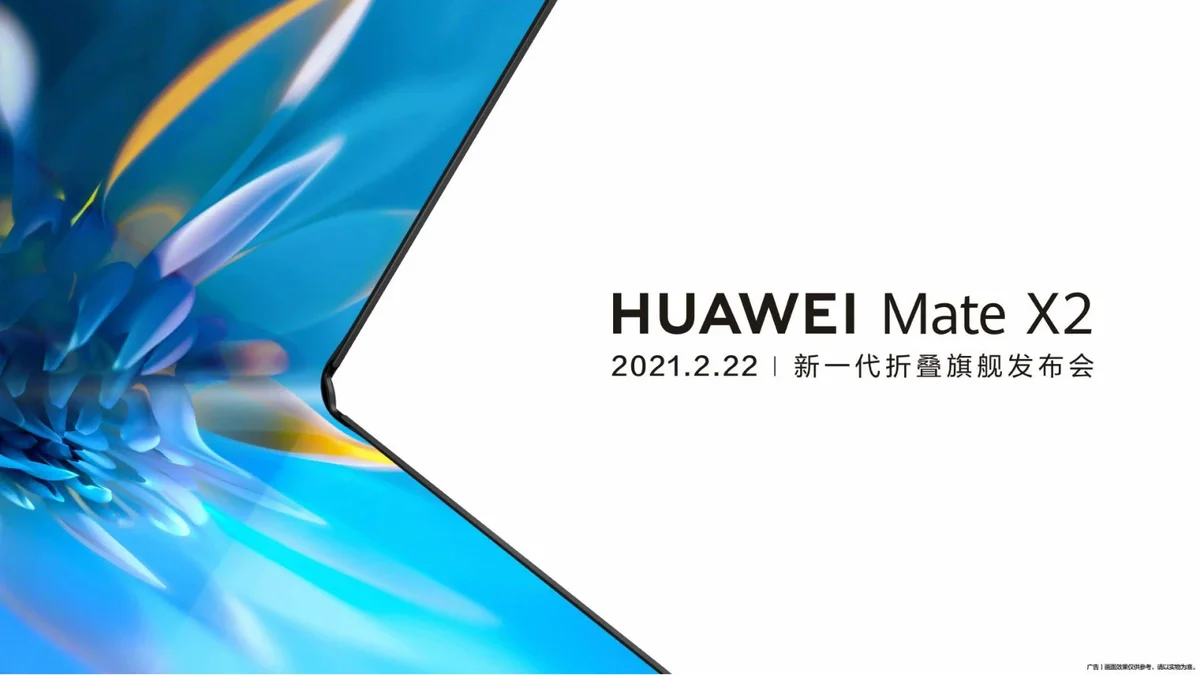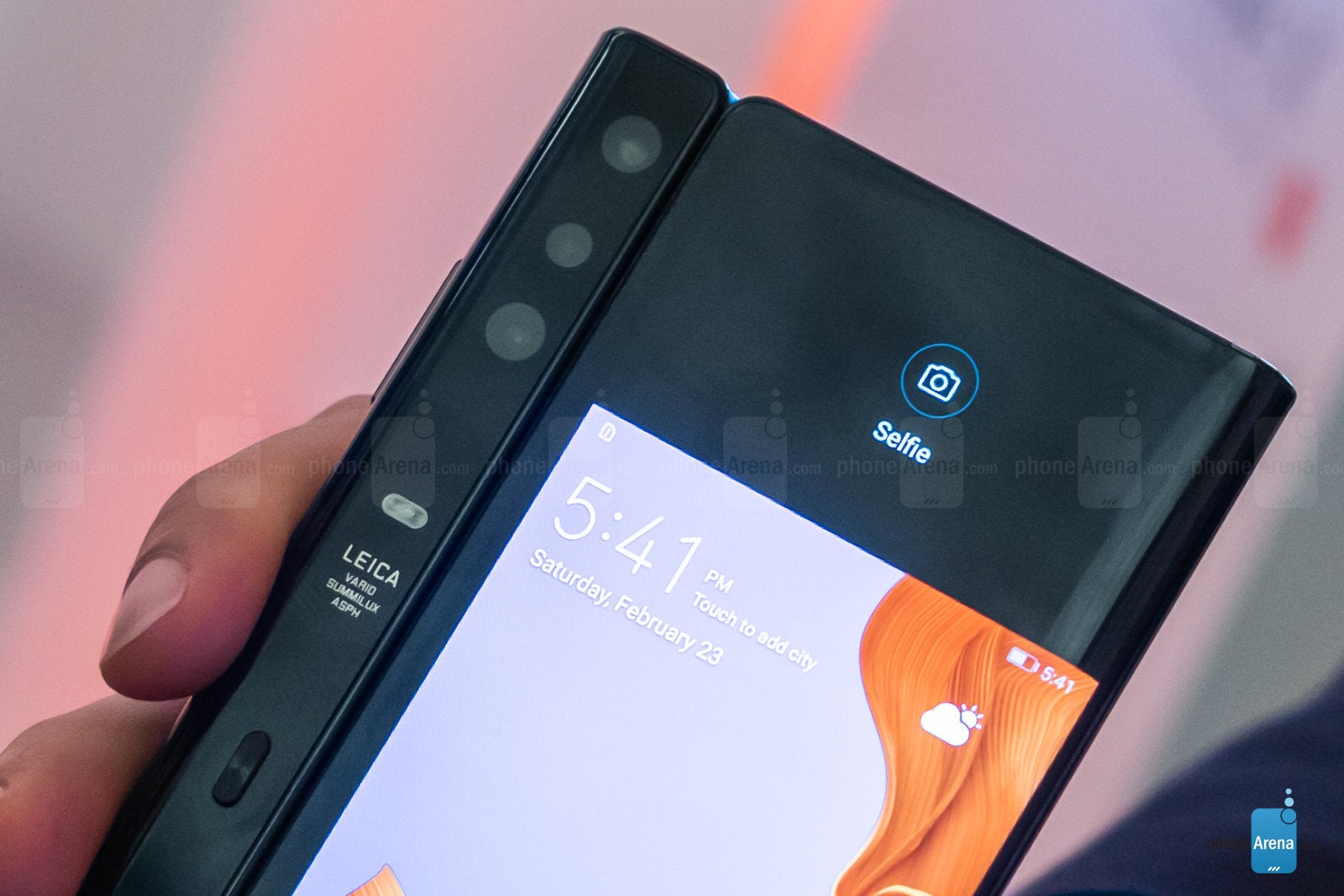Huawei Mate X2 5G to use BOE foldable displays instead of glass from Samsung

The next foldable Huawei handset, the Mate X2, is supposed to be unveiled on February 22nd. Unlike the the Mate X and Mate Xs, the new foldable will reportedly close inward; the screen will not be made by Samsung Display as originally expected. According to SamMobile, Huawei and Samsung had an agreement over who would supply Huawei with the foldable panels. The problem that Samsung and Huawei eventually encountered might have had something to do with the U.S. Commerce Department's never ending attempt to push Huawei out of business.
Samsung Display out, BOE in as foldable display supplier for the Huawei Mate X2
However, Samsung's foldable display technology has nothing to do with U.S intellectual property. Therefore, the U.S. government originally gave Samsung and Huawei the greenlight to work out a supply deal. Even with approval from the states, Huawei decided to make a change and will obtain its foldable panels from BOE. The latter is China's best display manufacturer and is considered a competitor to Samsung Display.

The first-generation Huawei Mate X
So why would Huawei drop Samsung Display and turn to BOE for the Mate X2's foldable screens? It is simple if you think about it. Huawei did not want to get into a situation where the U.S. could take away its access to Samsung for one reason or another. The bottom line is that just the thought of the U.S. punishing Huawei once again forced the company to make a change to its supply chain. Of course, Huawei is hoping that the new Biden administration takes a different tact with the company than that taken by the previous administration. So far though, that does not appear likely.
The Huawei Mate X2 opens and closes like a book. When open, it presents a tablet-sized 8.03-inch display with a 4.5-inch external screen. We could see three different configurations with 8GB RAM/128GB Storage, 12GB RAM/256GB Storage and 16GB RAM/512GB Storage. The foldable should be equipped with 5G support and a massive 6000mAh battery (with 65W charging) keeps the lights on. Android 11 with EMUI 11 on top will be on board.
The Mate X2 features a 40MP main camera, a 40MP ultra-wide-angle camera, and a 12MP Telephoto camera with 3x optical zoom. There will be a 5MP depth sensor included along with a 16MP or 32MP front-facing selfie snapper.
Originally, there was talk of this phone getting powered by the 5nm Kirin 9000 chipset. Starting in the middle of September, Huawei was banned from receiving any chipset that was made by a global foundry using American technology. Even though Huawei itself designed the Kirin 9000, it can no longer have this chip shipped to it. And since the Kirin 9000 was supposed to be used on Huawei's most technological superior phones of 2020, the Mate 40 series, there is a possibility that Huawei might run out of high-end chips to cover its needs; after all, the Kirin 9000 is also used on the company's base stations for its 5G networking gear. And this year's photography based flagship P50 line also needs Kirn 9000 chips.
When it comes to the foldable phone industry, we are still in the first inning of a 9-inning game. Samsung this year will release the Galaxy Z Fold 3 its third Galaxy Fold model and its third (second 5G model) Galaxy Z Flip. The Fold handsets turn from a smartphone to a tablet on the run. The Galaxy Z Flip models fit easily in a pocket and when it is open, it turns into a flagship phone with a tall and thin display. So you might say that phones like the Z Fold are for those who need to be more productive on the go while the Galaxy Z Flip models are made for those who wqant to keep their phone hidden deep in their pockets until the device is needed.
Right now, the prohibitive pricing of foldables has limited the demand for such phones. Once pricing starts to come down, we should see more demand for them.
Follow us on Google News














Things that are NOT allowed:
To help keep our community safe and free from spam, we apply temporary limits to newly created accounts: